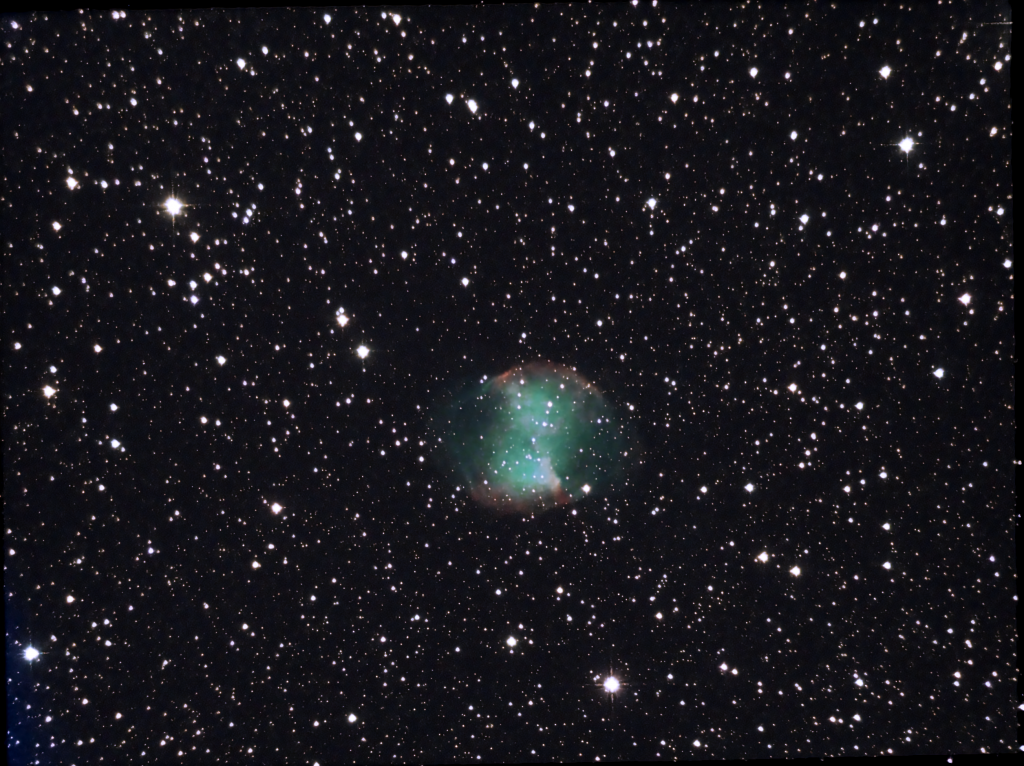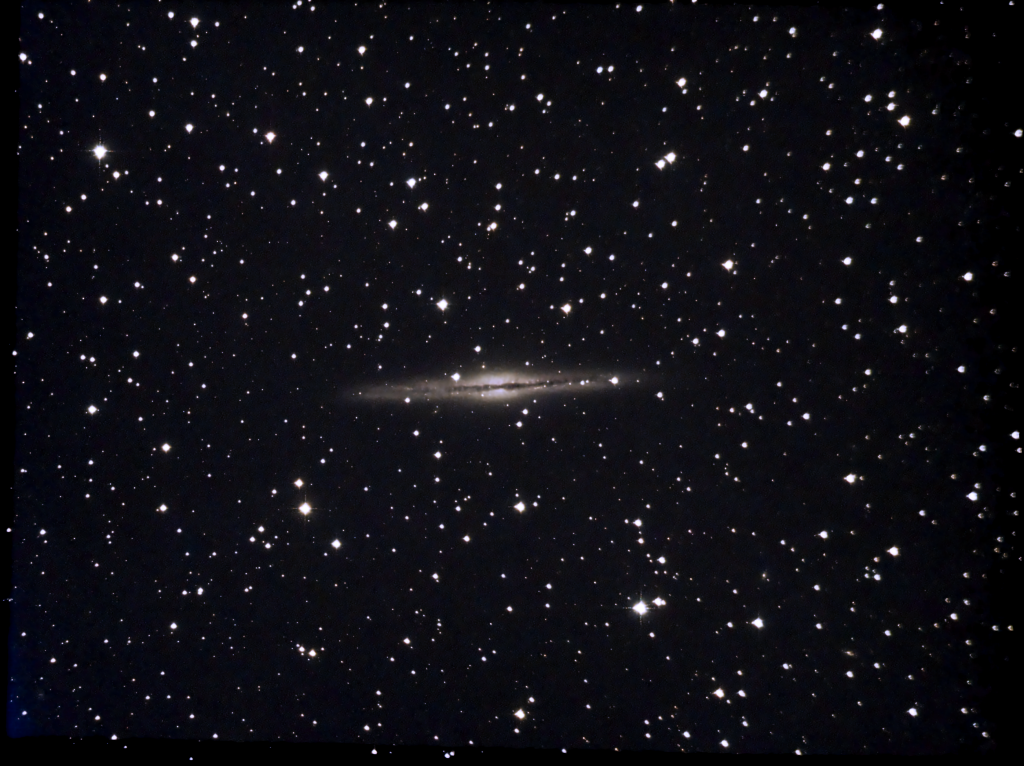Tracking the Cosmos With the SETI Institute-Supported Unistellar eVscope Telescope
Observing outer space with an exciting, connected tool for amateur astronomers and citizen scientists

When its funding period closed on 24 November 2017, Unistellar’s eVscope became the most successful Kickstarter telescope campaign in history—raising $2,209,270 from 2,144 backers. Roughly three years later, we spent several months with the extraordinary amateur astronomical tool, looking up at the stars from Brooklyn, the Berkshires and a few places in-between. Developed in partnership with SETI Institute (the acclaimed non-profit questing for the origins of the universe), the easy-to-use, self-aligning, portable and WiFi-connected device incorporates proprietary enhanced viewing technology to amplify and present the night sky to users in a way that’s never been done before. It’s also a citizen science tool that will continue to change the way we observe and document the cosmos together.

Laurent Marfisi, one of Unistellar’s Marseille-based co-founders (and the brains behind some of the eVscope’s technological inclusions), tells us, “We embarked upon this endeavor to allow regular people to experience space and astronomy in a simple, powerful way.” For the team, this meant advancing in two areas: the ability to see what’s above, and the ability to discover things therein. “We think both have to work together when you practice astronomy,” Marfisi continues, “and what we did was build the creative tool that allows it.”

Though the sleek, cable-free design may call to mind classic telescopes, the eVscope exists in an entirely new category. “This came after there were a few major industrial technology changes,” Marfisi explains. “First, calculation power improved thanks to the evolution of smartphone technology about eight years ago. Then the computerized mount technology changed. Six years ago, there was an inflection point there. For the first time, we were able to use all these new acquisition technologies.”

What all this translates to is a vibrant, full-color picture of the sky visible in the high-contrast OLED screen visible inside the eyepiece—and on your connected device, too. When stargazing, we paired the eVscope to the Unistellar iPhone app, though others use a tablet. It’s from this app that you can select one astronomical entity or happening (of more than 5000 options)—like the M42 “Orion Nebula” or a comet passing by—and let the eVscope automatically find it for you and continue to track it. From the app, you can also snap a photo that saves directly into your photo roll.
“Instead of doing long pauses to do astro-photographing and gather signals and wait 1000 seconds before having a clear picture of what you are observing, we were able to do 1,000 [images] in one second. This allows for a live experience that’s enhanced as the telescope gathers signals from the object,” Marfisi explains. Whereas other telescopes gather light spatially with a large optical element or mirror, it is this temporal element that makes viewing space through the eVscope so spectacular. This image-processing technology even helps see through light pollution in cities.

“The first idea was the optical-electronic concept but then right away we thought that if we wanted this to be an enabler for astronomy, we needed to make it connected to smartphone technology,” Marfisi adds. An enabler it is, as well a community.
“All of the founders have a passion for sharing science. We wanted that to be incorporated,” Marfisi says. “We wanted to allow people to feel like they’re part of something bigger.” This is what made the SETI Institute a natural partner. SETI has long pioneered citizen science. Dr Frank Marchis, a senior astronomer there, is one of Unistellar’s founders. To participate as an eVscope user is so very simple—it’s merely selecting a data-sharing option called the Observation Campaign Mode.

Marfisi sees the eVscope as a platform that will continue to develop with more capabilities. In fact, updates to the app are continually released. Further, Unistellar’s blog is a comprehensive resource with tips on how to view cosmic events and more. As an amateur stargazer, one might be afraid of the numerous blockades—bulky equipment, lack of visibility, inability to find an object of interest—but the eVscope removes these issues and grants access to a community. And, after a night out look at the stars, it folds up into a backpack to store until next time.
Unistellar will host a panel, By All, For All: Citizen Science to Reveal Cosmos, featuring NASA and the International Dark Sky Association, for SXSW online in 2021.
Images courtesy of Unistellar











